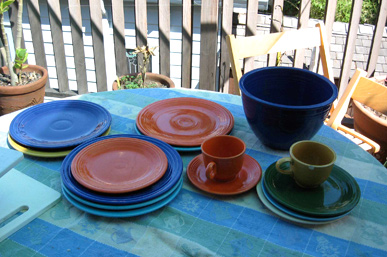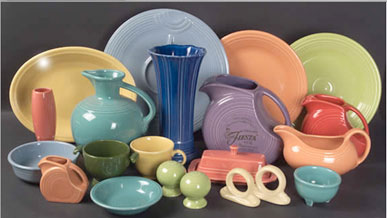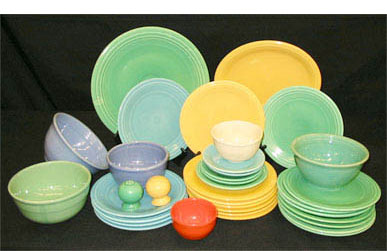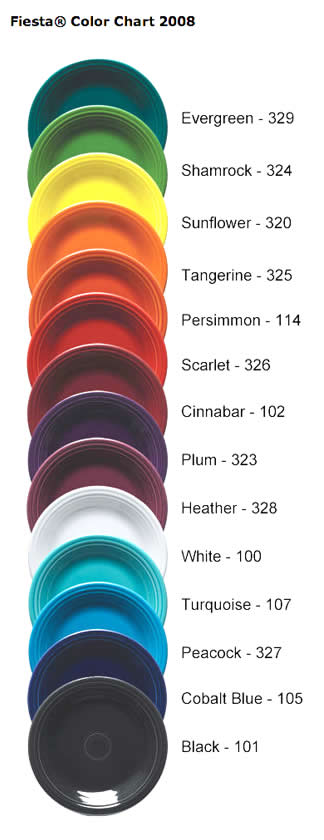 | |||||||||||||||
ARCHIVE
2010
apr days
• color
concept &
theory widgets and apps
mar days
• red:
a portrait of a artist rothko
feb days
• talking
heads as figure/ground
jan days
• tanja's
black light dance party
dec days
• tootsie roll pop wrappers colors & flavors
nov days
• stephen vitiello's four color sound
oct days
• atmospheric perspective
sept days
• a rainbow
of antioxidants
colors
aug days
• floor stain colorants
jul days
• minimal colors
jun days
• wildflowers cataloged by color
may days
• tennis court colors
apr days
• morandi's neutral colors
mar days
• grid colorists
feb days
• black as
film noir
jan days
• flood of toxic minerals used in paints
ARCHIVE
2008
dec days
• comple-mentary
colors
nov days
• kettle korn
packaging color change
oct days
• green fluorescent protein
sept days
• red palms - not green
aug days
• blue tunes
jul days
• “blue” - textile museum
jun days
• “fiesta- ware”
colorants
may days
• “blue alchemy” hive gallery
apr days
• “sennelier” selecting
watercolours for travel



Fiestaware Colorents
Fiestaware photo link
dinnerwareusa color chart
up view is from 2008
rollover view is from 2010
image on left
these are a few of my fiestaware dishes. many of these were inherited from the late historian, professor whitney halstead who was my instructor at the school of the art institute of chicago.
Fiesta Dinnerware Colors
The Homer Laughlin China Company
672 Fiesta Drive
Newell, WV
Fiesta Dinnerware was designed by Frederick Hurten Rhead in 1936. Attracted to the bright, fully saturated colors, I bought several plates and cups in the late 60's.
LINK: Homer Laughlin China Co
Each color from the different periods has a certain span of years that it was/is used. With different pieces being introduced at varying times, there are periods with certain pieces in a particular color that became very hard to find. This raised their value and price. From 1939 to 1943, there was a series of promotions by HLC to increase sales. Pieces from this promotion, except for the yellow disk juice pitcher, are very hard to find. They included a French casserole dish, figure eight set and an unlisted salad bowl.
The original Fiesta Red was removed from the line in 1943 due to the U.S. government taking control over Uranium, which was a key component of glazes. Red eventually returned in 1959. In addition, medium green was the last new color added before the line was discontinued. It is this medium green that is rather a deep green that is the hardest color to find. It is the most expensive color and frequently items that are really light green are passed off as the more rare color. The color yellow has been consistent from the very beginning, but it retired in 2002. The newer Fiesta colors of lilac, sapphire and chartreuse each had a limited run and are thus hard to find.
There are many different pieces in the line, some of which are discon-tinued or added at varying times. Everything from vases, to various sauce and sugar bowls to plates, bowls and cooking items. For example, a medium green cream soup bowl is hard to find due to the color being introduced and at the same time, this type of bowl was discontinued. Take some time to educate yourself before purchasing vintage Fiestaware and even newer pieces. There are many web sites, books, chat groups for the dedicated and newcomer alike to Fiestaware
Newer colors are still being released, such as scarlet,
which became available in late 2004.
Antique tips: guide to Fiestaware
Article found from Essortment / Information and advice
you want to know.
A brief history of Fiestaware, its colors and
what makes some pieces more valuable than others
In 1936, the Homer Laughlin China Company (HLC) introduced a line of kitchen and dining ware called Fiestaware. The man who designed it was Frederick Hurton Rhead. It had a modern art deco design with bright, cheerful colors. The concentric circles were a distinguishing trademark. It was priced so that low to middle-income families could purchase it for their homes. The original line was stopped in 1969 and then a companion line sold until 1973 when it was discontinued. In 1986, in celebration of its 50th anniversary, it was reissued with new colors. Jonathan O. Parry and the HLC Art Staff are designing new pieces and adding new colors.
continued below . . .
Images left
Vintage Fiestaware photo from replacements.com
Originally, Fiestaware was available in eleven colors until its original discontinuation in 1969. The color names were the originals (red, ivory, cobalt blue, yellow, green and turquoise) and the fifties colors (rose, gray, forest green, chartreuse and medium green). Fiesta Ironstone,
from 1970-1972) had three colors: antique gold, turf green and mango red. New Fiestaware colors (1986-present) are: cobalt, rose, white, black, apricot, turquoise, yellow, periwinkle blue, seamist green,
lilac, persimmon, sapphire, chartreuse, pearl gray, juniper, cinnabar
and sunflower.

